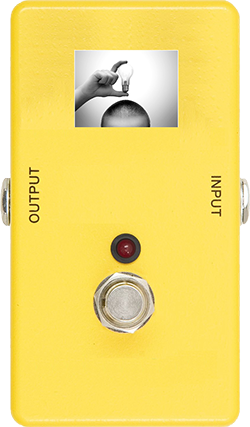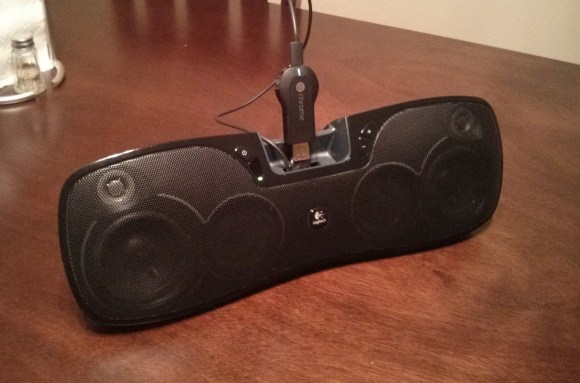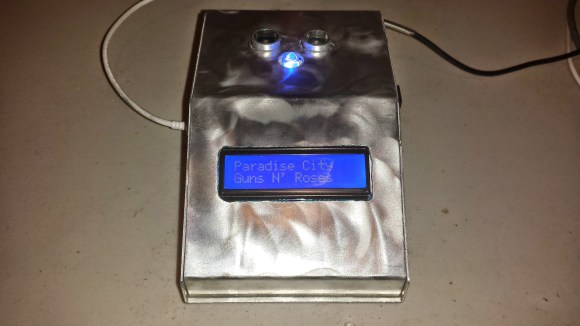If you’ve ever found yourself immersed in the wild realm of electronic dance music, then chances are you’ve probably heard [Flux Pavilion]’s dubstep banger ‘Bass Cannon.’ The music video released for the track shows [Flux] and his minion [Doctor P] performing twisted audio experiments on unexpecting research candidates by blasting them in the face with strong waves of sound vibrations, which blew back the hair of the people strapped to the chair. The audio trials took place inside what looks to be a warehouse filled to the brim with speakers, heavy duty subs, and sound boards; making it more like a ‘room of bass’ rather than a bass cannon itself. Yet, it inspired one of Hackaday’s Alum to literally create a bass cannon himself. And as you can see in the video below, his device packs quite a punch.
Most of us know [Adam Munich] as the guy who built this portable x-ray machine that could look through just about anything. He’s also built a nuclear bomb detector and has documented several radiation safety techniques, but every once in a while he decides to make something utterly ridiculous like this! He describes his homemade bass cannon as having a variety of fun and exciting uses including a mobile party on one’s shoulders, a way to frizz your hair, or an electrifying method to scare the neighbors.



 This project is
This project is 
















